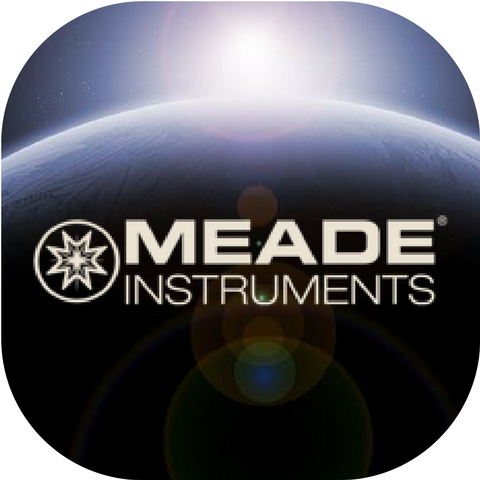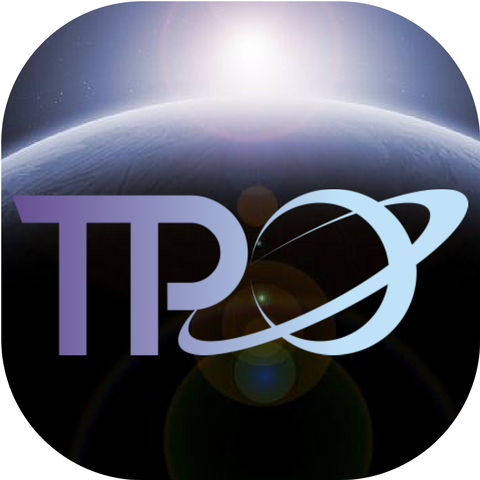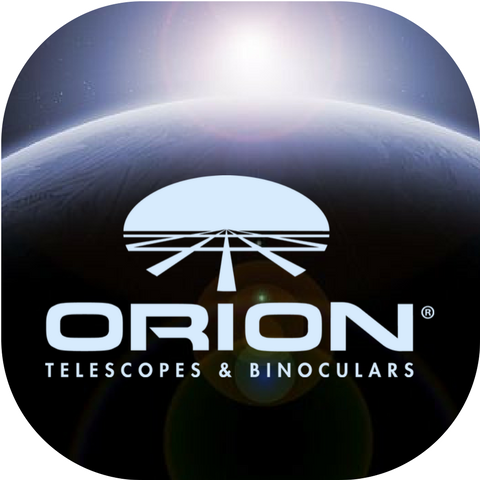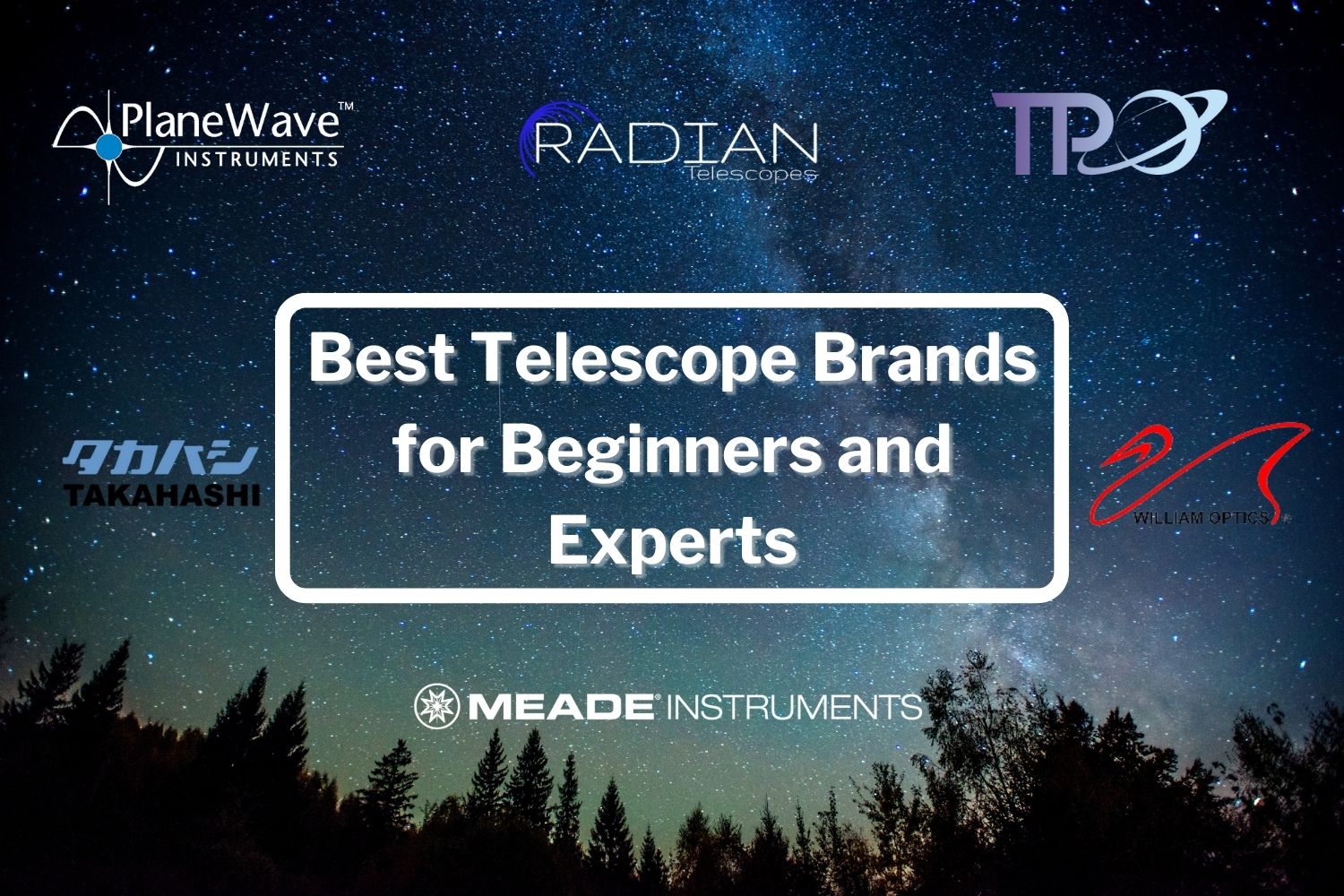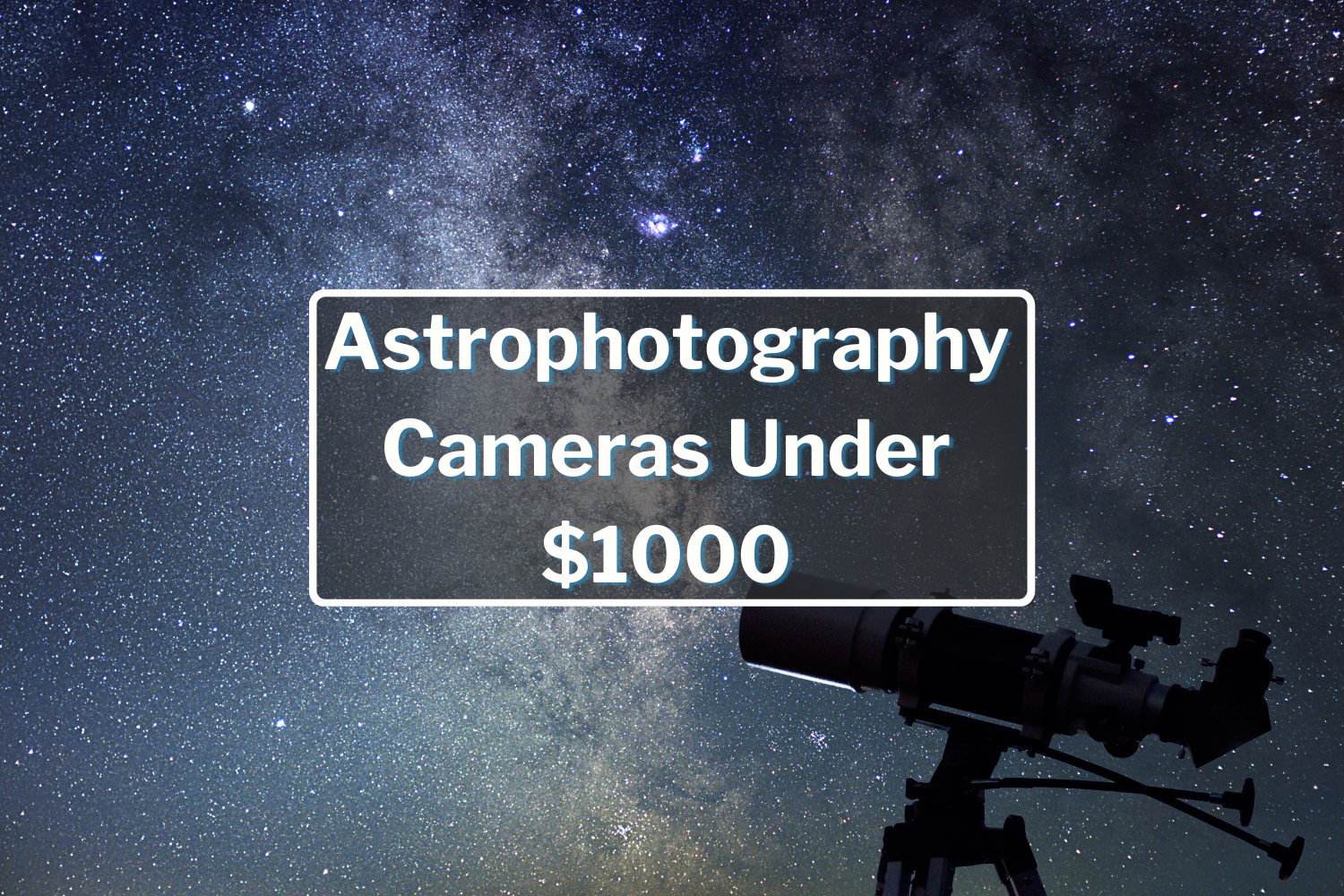Newtonian Telescope, Types of Telescopes Part 1
As Sir Isaac Newton once said, "What we know is a drop, what we don't know is an ocean." So here's to expanding your drop of knowledge with some information on the ins and outs of none other than the Newtonian telescope.
THE NEWTONIAN TELESCOPE
Who doesn't like a good bargain for a great product? As some of the least expensive and most common types of reflecting telescopes, Newtonian telescopes bring just that to both amateur astrophotographers and experienced astronomers.
How Does a Newtonian Telescope Work?
Pictures are worth a thousand words, particularly when trying to understand what could be a foreign concept. This diagram depicts the way light travels through the scope until it reaches your eye, so you can better understand its functionality.
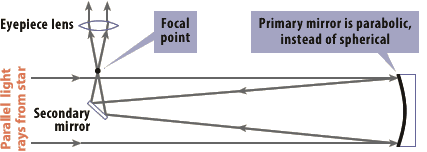
Parallel light rays enter and travel down the scope which then bounce off of a curved primary mirror at the butt end of the tube. The rays are then reflected and brought together onto a flat secondary mirror, which then shoot up in unison into the focal point and finally through the eyepiece.
Why a Newtonian Telescope is Right for You
Considering the fact that high-quality Newtonians are very easy to manufacture, obtaining a larger telescope will maximize image quality and will not break the bank.
One of the best things about the Newtonian telescope is that it has a very simple design that gives you a large aperture for a lower cost. To keep optical tube size manageable, most Newtonians have a short focal length which in turn provides a wide field of view making them excellent for imaging or viewing deep-sky objects.
Ensuring a quick cool-down is important, as you want to maintain ambient temperatures for high-magnification views, such as planets. The Newtonian tube's open design enables a short cool-down time.
Due to the fact that they almost always have a short focal length, they will then almost always have a faster focal ratio which ensures shorter exposure times, brightens fainter objects and as a result enhances your imaging.
Last but certainly not least, these telescopes are free from chromatic aberration! Basically, Newtonians ensure that stars look like stars and not like popsicles you were given as a child. Don't know what we mean? Check out the difference below...

Troubleshooting for Newtonian Telescopes
If your Newtonian Telescope is equipped with a low-powered eyepiece, secondary mirror shadows may be visible. However, this usually isn't problematic for most celestial objects and may only appear when looking at bright objects such as the Moon.
Also, because of the curvature of the primary mirror, Newtonians suffer from an optical aberration called Coma, which makes stars look like comets towards the edge of the image. But not to worry, a Coma Corrector (CC) will fix that right up!
See?....

If you want to explore astrophotography and economically excel at showing fainter deep sky objects with chroma fee optics...
...or if you want to pretend to be Sir Isaac Newton for a day, then the Newtoniantelescope is the one for you!
Start by checking out some top brands!










